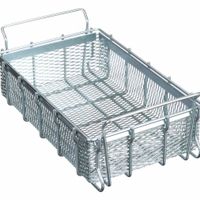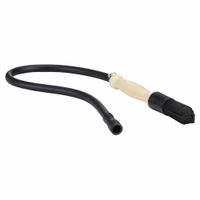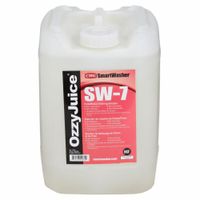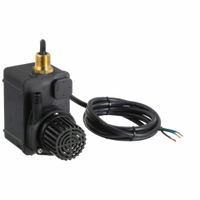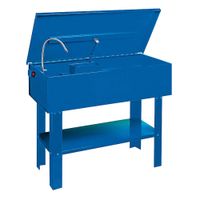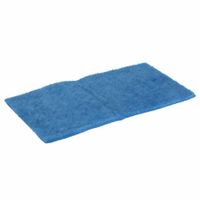- Home
- Fleet Vehicle Maintenance
- Vehicle Cleaning Supplies
- Parts Washer Equipment
Parts Washer Equipment
Parts washing equipment keeps tools and vehicle parts clean, so they work more efficiently and last longer. Parts washers remove dirt, oil, grease, and corrosion from vehicle parts. Cleaning solutions may be water-based (which are better for the environment) or solvent-based (which are chemical comp .....Read More
Frequently Asked Questions
What are the different types of parts washers?
How do I choose the right parts washer for my needs?
What are the benefits of using a water-based cleaning solution?
How often should I replace the cleaning solution in a parts washer?
What maintenance is required for parts washers?
Can parts washers clean all types of vehicle parts?
How do I safely dispose of used cleaning solutions from parts washers?
